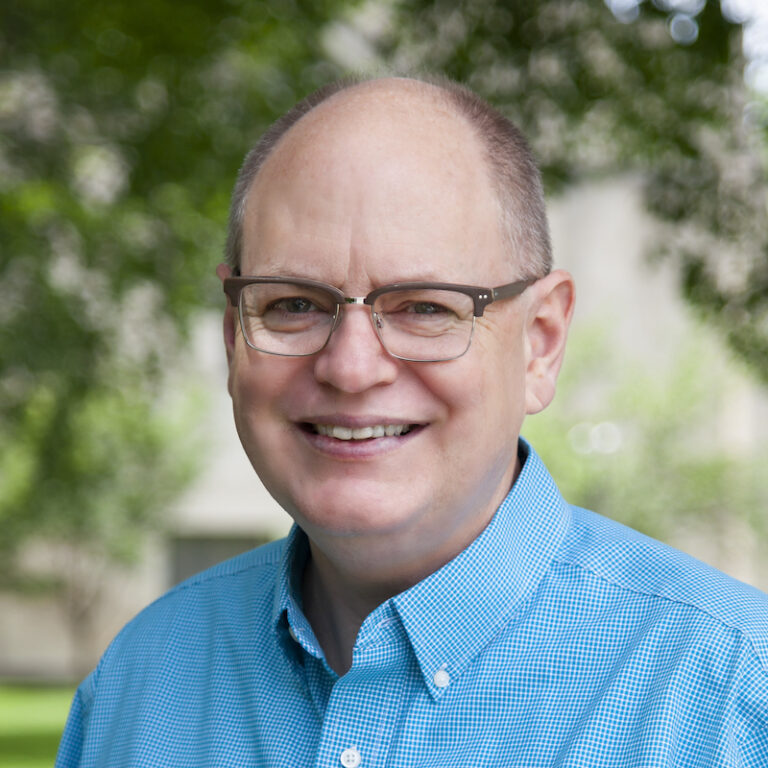We light the first purple candle in the Advent wreath for the prophets, the ones who spoke with hope about the coming Messiah. The small candle barely flickers in the late November gloom, but don’t be deceived. The light of hope is powerful. We see the power of it in the words of Isaiah 9: “The people walking in darkness have seen a great light … for to us a child is born, to us a son is given.” There may be darkness now, but the first candle has been lit. It won’t stay dark forever.
Look around and you see flickers of light and hope shining in the darkness. I see the power of hope in the recovery of Gabrielle Giffords, the Arizona congresswoman who was senselessly shot last January. On a recent episode of “20/20,” she speaks with great effort, in halting syllables that bring a lump to my throat. “Stronger,” she says, “stronger, stronger,” and she pumps her good left arm in determination and I believe her, that she will get stronger and be able to speak effortlessly again because of the hope inside of her. The darkness of the world has done its worst with a gunshot wound to the brain and yet she speaks, she walks, she smiles and pumps her fist and embodies how, like that small lone flame on the Advent wreath, the light shines in the darkness and the darkness has not overcome it.
The scenes of Giffords’ rehabilitation bring thousands of memories to the surface for me. In 1985, one month before our wedding, my 24-year-old fiance suffered a massive stroke that, at the time, totally paralyzed the left side of her body. Watching Gabrielle Giffords and her husband Mark Kelly in the hospital reminds me of the time my wife and I spent in a similar facility. “Stronger, stronger,” Giffords says, and the lump in my throat is there not only because of how touching her determination is, but also because I have a sense of how long and arduous the road that Giffords and Kelly are traveling has been and is still going to be. In the midst of the pain, Giffords smiles radiantly, and her radiance reminds me of my wife, with the beautiful smile a stroke could not take from her. The name of that smile is hope.
The prophets spoke with hope of one who was to come, one whom we put our hope in. And our hope, of course, is not just that Jesus was born, but that He died and was raised from the dead. Watching Giffords struggle and remembering my wife’s own journey through months of physical therapy, it’s important to remember that the wounds of Christ were visible after His resurrection. He was beaten and bruised, and we too are broken and wounded like everyone else, yet we press on, living in hope of what we can be and become.
There will be scars and shootings, strokes and stitches, sadness and sorrow. The world will do its worst. But God says, “Let there be light” and there was light. The prophet says, “The people walking in darkness have seen a great light.” The Gospel writer says, “The light shines in the darkness and the darkness has not overcome it.”
Light is hope. “20/20” shows Gabrielle Giffords in the rehabilitation hospital struggling mightily to say the word “light.” She says “lllll” but cannot form the word. Suddenly, the therapist has an idea. She starts singing, “This little light of mine, I’m going to let it shine.” Giffords joins in and sings the word “light” effortlessly. She glows in satisfaction, beaming at the accomplishment, letting her light shine by smiling that smile of hope.
We light the first Advent candle for the prophets, who spoke with hope about the coming Messiah. Let us light the candle, too, for the modern-day prophets. Not fortune-telling prophets, but prophets who shine amid the shadows and gloom. Prophets like Gabrielle Giffords and my wife Gretchen, who demonstrate that light overwhelms darkness and hope can transcend tragedy with a radiant smile.
This article first appeared yesterday on Think Christian.

